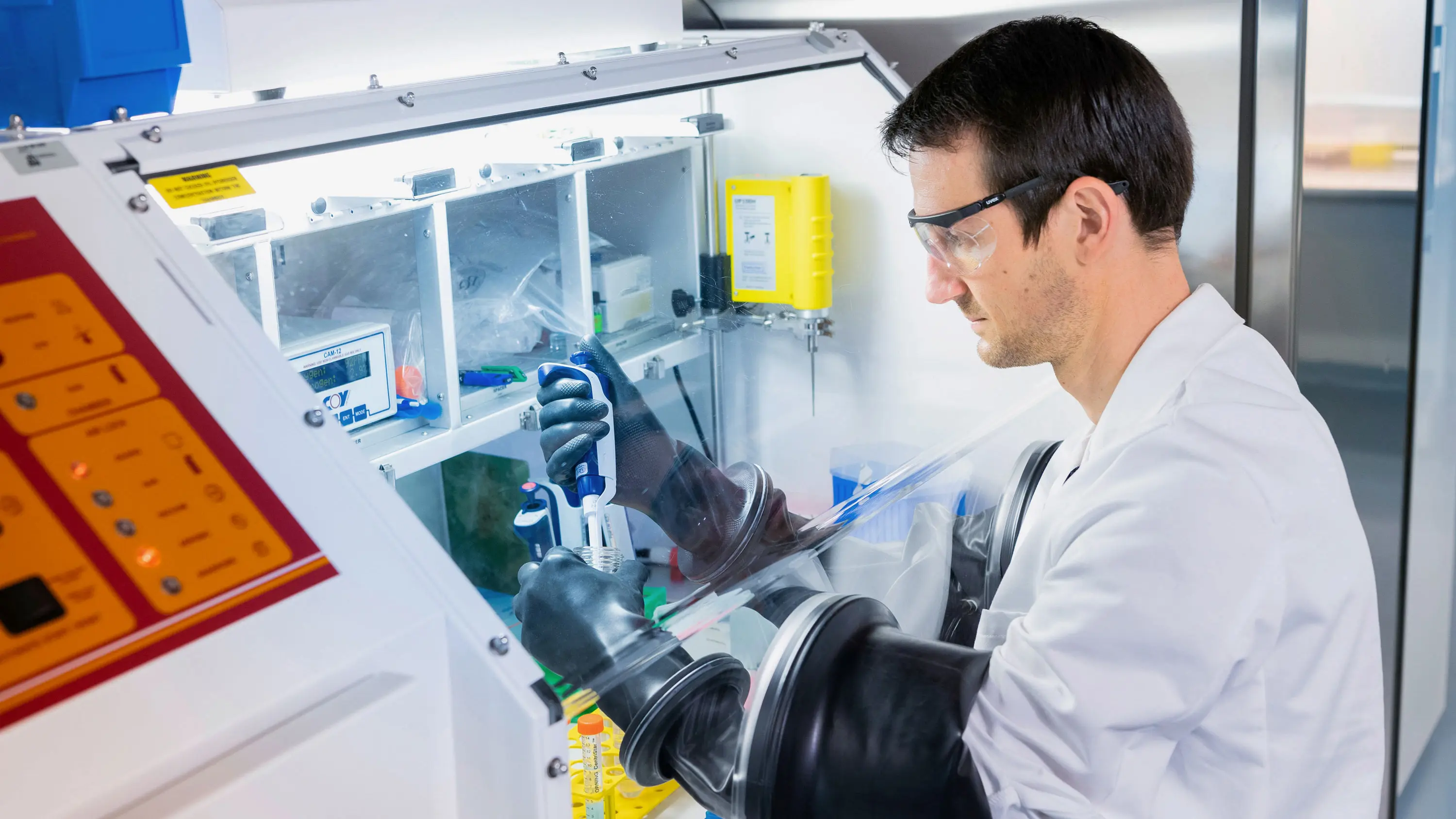ZHAW researchers are contributing to a one-of-a-kind research facility

How exactly flowers produce their colours has long been something of a mystery. A team of ZHAW researchers has now made a crucial discovery, making it possible to imitate this process and use it for industrial production.
Natural plant pigments used for red, purple or blue dye are often extracted from plants such as red cabbage, purple sweet potatoes and black carrots. However, this practice isn’t sustainable and depends on the availability of the raw materials. This is why researchers have long been researching a method to produce so-called anthocyanins – from the Greek words “anthos” (flower) and “kyanos” (blue) – with the help of microorganisms. A team at the Institute of Chemistry and Biotechnology in the ZHAW School of Life Sciences and Facility Management has now set up a baker’s yeast cell factory to produce anthocyanins. The researchers had previously uncovered a crucial step in the biosynthesis of anthocyanins. They discovered that an enzyme that was thought to be a transfer protein is also involved in the biosynthesis process. Their groundbreaking discovery was published in the renowned journal Nature Catalysis
Useful in foods
The researchers applied their discovery to use baker’s yeast to create a cell factory that can produce anthocyanins. “This led to a more than 35-fold increase in anthocyanin production compared to cell factories that didn’t contain the essential enzyme,” project leader Rebecca Buller says. According to the researcher, this breakthrough means that industrial production of the pigments in cell factories is now within reach. Thanks to their various positive health effects, plant pigments are also in demand as bioactive substances in the food, cosmetics and nutraceutical industries.